In the lifecycle of electric personal care devices, two seemingly unrelated failures—seal degradation and circuit corrosion—can silently develop and eventually result in a major safety hazard. When the integrity of a device’s sealing system is compromised, it opens a pathway for moisture to infiltrate, initiating corrosion in the circuit board. This degradation chain can lead not only to functional failure but also to serious user risks such as overheating, short circuits, or even battery leakage. Understanding how these failures interact—and how to prevent them—is essential for manufacturers committed to delivering safe, durable products.
Seal degradation typically starts with:
Once degraded, seals can no longer effectively block out moisture, allowing vapor or liquid ingress over time. This breach may seem minor at first but is the first domino in a much larger failure scenario.
When a degraded seal allows water or vapor to enter the device’s internal cavity, it often condenses near the printed circuit board. This leads to circuit corrosion, characterized by:
Such damage is often progressive and may not trigger immediate failure, making it harder to detect during standard post-assembly tests. Company web:https://www.powsmart.com/product/electric-toothbrush/
The combination of seal degradation and circuit corrosion creates risks that extend well beyond mere product malfunction:
This transforms a reliability problem into a potential user safety issue—especially in wet environments like bathrooms.
To avoid this dual-failure scenario, manufacturers should take a systems-level approach:
Such changes not only extend product life but also protect user safety across all usage environments.
Traditional IPX7 or splash resistance testing may not be enough. Instead, leading manufacturers are implementing:
Pairing these tests with corrosion resistance audits helps ensure long-term protection from internal moisture migration.
With growing consumer awareness around product safety and longevity, proactive measures can be turned into selling points:
By actively preventing seal-circuit failure interactions, manufacturers not only reduce return rates but also strengthen trust among B2B buyers and end-users alike.
Yes—seal degradation combined with circuit corrosion can absolutely pose a serious safety hazard, not just a maintenance issue. For OEM and ODM manufacturers in the personal care device industry, understanding this connection is critical. Through better material selection, smarter sealing structures, and more rigorous testing, this risk can be fully mitigated—enhancing product safety, lifecycle value, and customer confidence. Contact us
-3-1024x576.png)

Children’s Electric Toothbrush OEM: Fun and Educational Designs
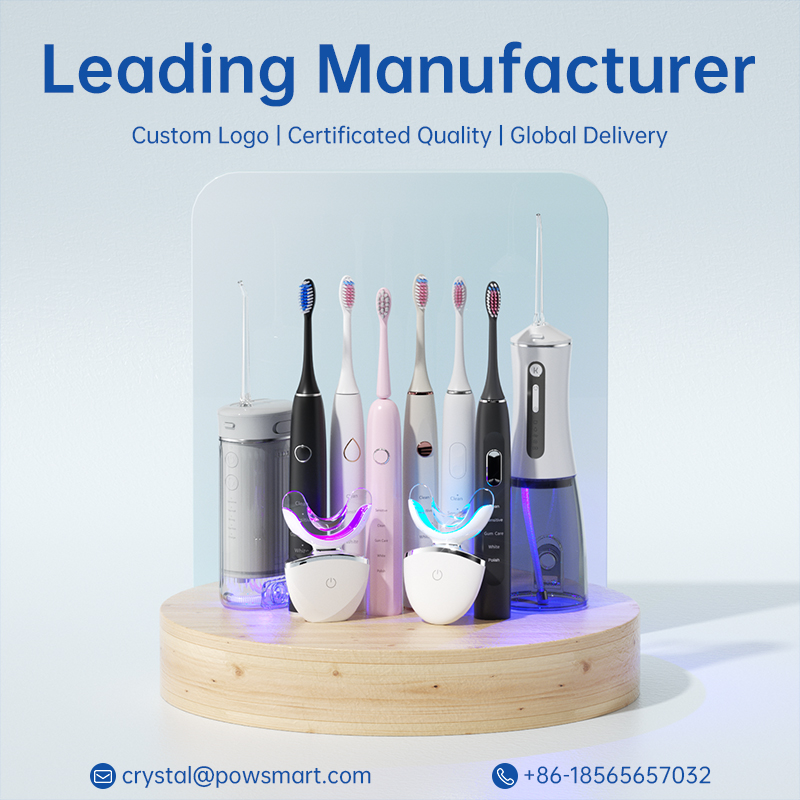
Why Does My Electric Toothbrush Randomly Turn On? Manufacturers Explain the Causes
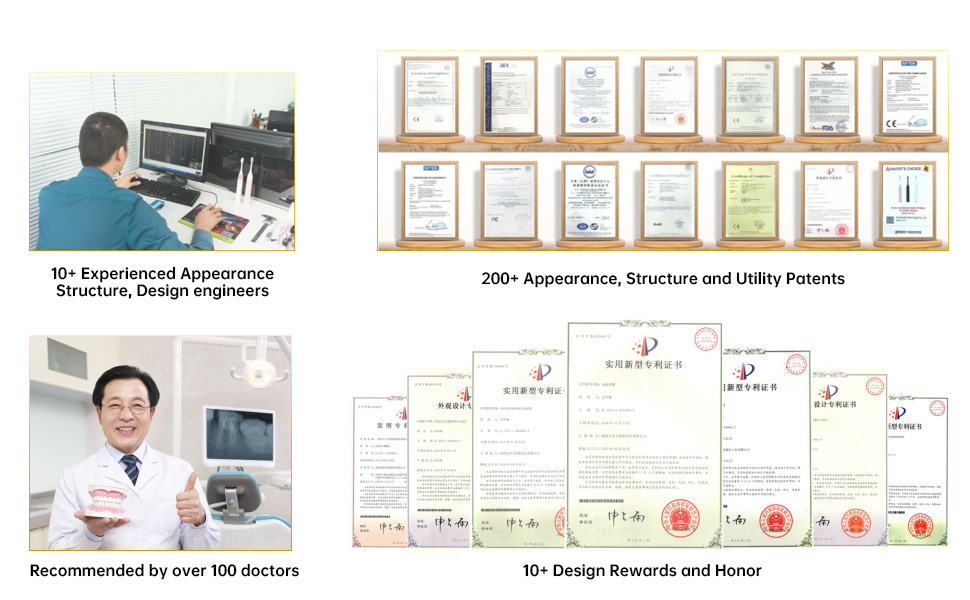
How to Judge Whether a factory’s R&D capabilities Is Strong?

How to Achieve Green Production in a Water Flosser?
Electric Toothbrush for Medical Professionals India
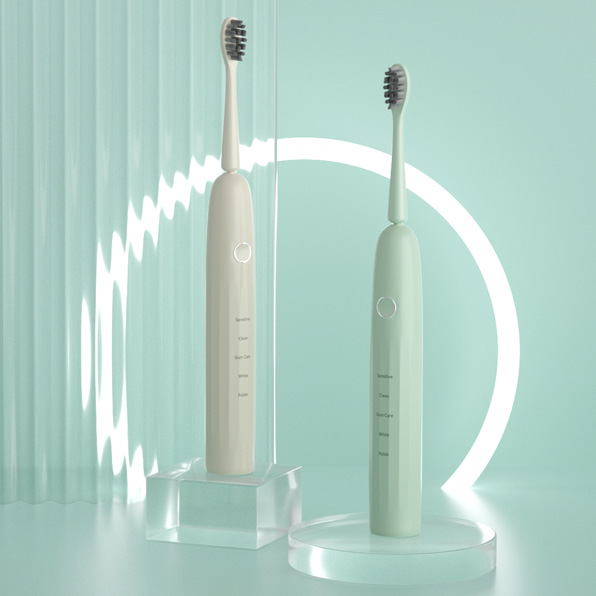
Is waterproof design important for your bathroom essential toothbrush?
College Student Electric Toothbrush Boston
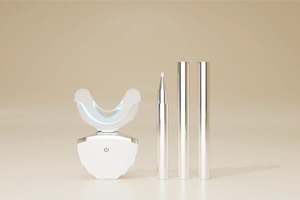
Dentistry Instrument Factory Market Trends and Customized Production Solutions
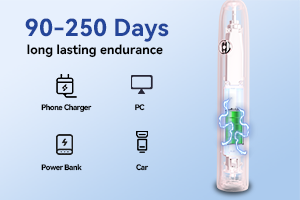
How to Choose the Type of Charging Method for Electric Toothbrushes?
Cowboy Style Electric Toothbrush Texas

The Manufacturing Process of the Water Flosser

Effective Water Flosser Disinfection Methods & Smart OEM Design Solutions
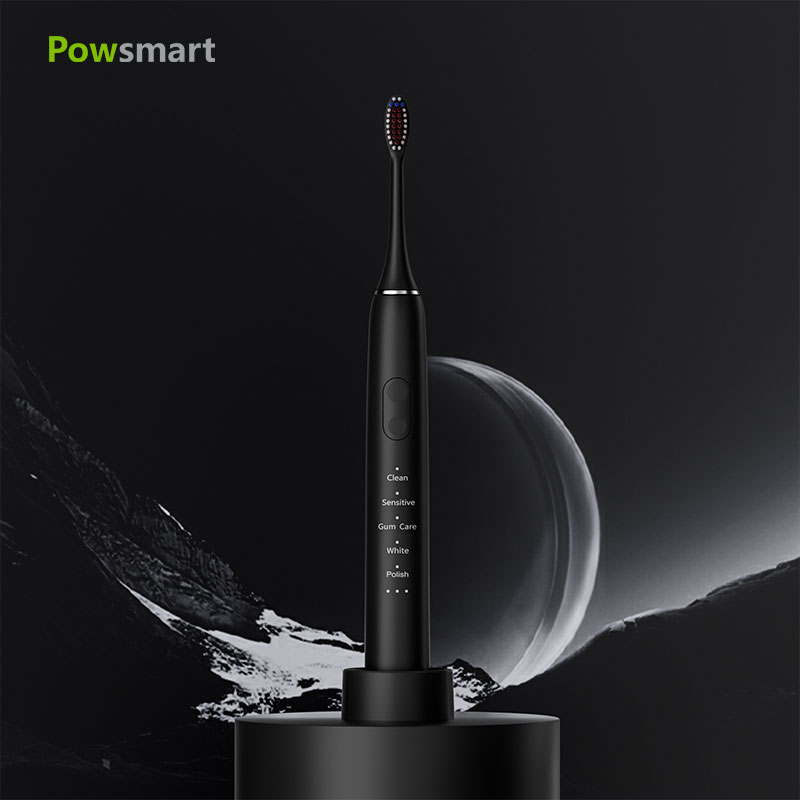
Analysis of the Whole Process of Electric Toothbrush Labeling: The Complete Cycle from Design to Shipment

Eco-Friendly Electric Toothbrush OEM – Sustainable Oral Care Solutions
.jpg)
Can a kids electric toothbrush make childrens dental care fun?

Where to buy NYC eco toothbrush? Brooklyn toothbrush store locations!

electric toothbrush heads Charcoal Infuse-Round

electric toothbrush heads Ultra Soft
.jpg)
Florida Electric Toothbrush – Powsmart PTR-C8

Electric toothbrush heads Charcoal Infused-Diamond

Customization Teeth Whitening Gel

Private Label Whitening Gel

electric toothbrush heads Deep Clean

electric toothbrush heads Regular Clean
whstapp
whstapp
National Toll-Free Service Hotline
+86 755 86238638